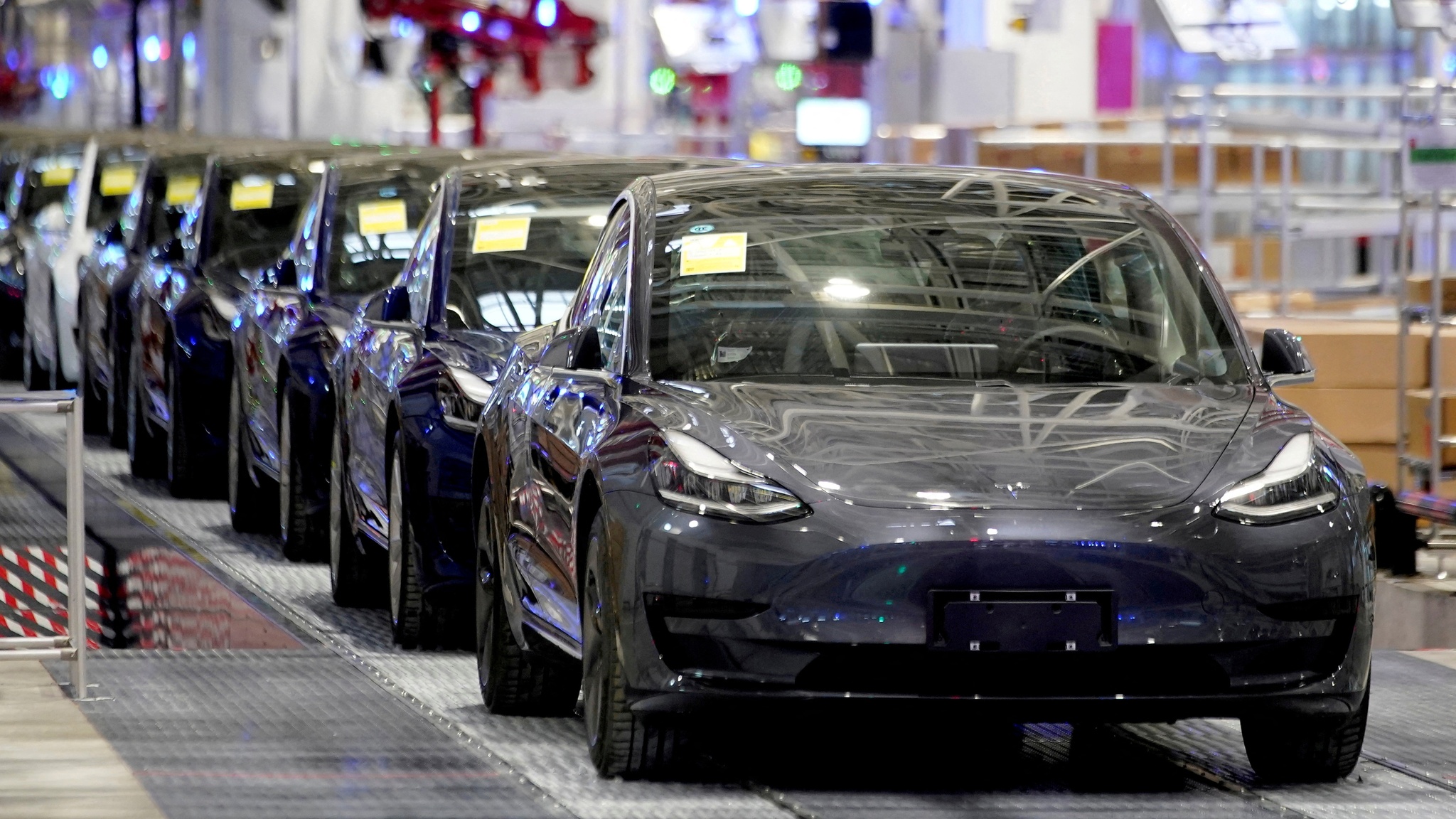Already a subscriber? Make sure to log into your account before viewing this content. You can access your account by hitting the “login” button on the top right corner. Still unable to see the content after signing in? Make sure your card on file is up-to-date.
The US has rolled out new policies aimed at accelerating the use of fully autonomous self-driving vehicles in the United States.
Some shit you should know before you read: Many say that China is leading the global race in autonomous vehicle development, with companies like BYD, Baidu, and XPeng rapidly scaling their self-driving technologies due to fewer restrictions being put on their companies as they work in conjunction with the Chinese government. BYD, in particular, has become a dominant force not just because of its innovation in electric and autonomous vehicles, but also because of its ability to produce high-quality cars at much lower costs than American competitors (BYD’s cheapest model is roughly $8,000). This aggressive pricing, combined with China’s support for domestic tech advancement, makes it extremely difficult for US automakers to compete internationally.

What’s going on now: In an announcement, US Transportation Secretary Sean Duffy revealed a new framework aimed at accelerating the deployment of autonomous vehicles by reducing regulatory hurdles. Duffy emphasized the urgency of the move, stating, “This administration understands that we’re in a race with China to out-innovate, and the stakes couldn’t be higher.” He added that the new framework would “slash red tape and move us closer to a single national standard that spurs innovation and prioritizes safety.”
The regulatory overhaul includes expanding the National Highway Traffic Safety Administration’s (NHTSA) Automated Vehicle Exemption Program to now cover domestically produced autonomous vehicles, allowing companies to operate non-compliant vehicles on public roads for testing and deployment. In addition, reporting requirements for certain non-fatal crashes involving Level 2 semi-autonomous systems—like Tesla’s Autopilot—have been relaxed, easing the administrative burden on companies.
Despite this, stricter reporting remains in place for fully autonomous vehicles (ADS) where no driver is present. The overall goal is to streamline the process for innovation while maintaining essential safety oversight.
Following the announcement, Tesla’s stock went up roughly 10%.






